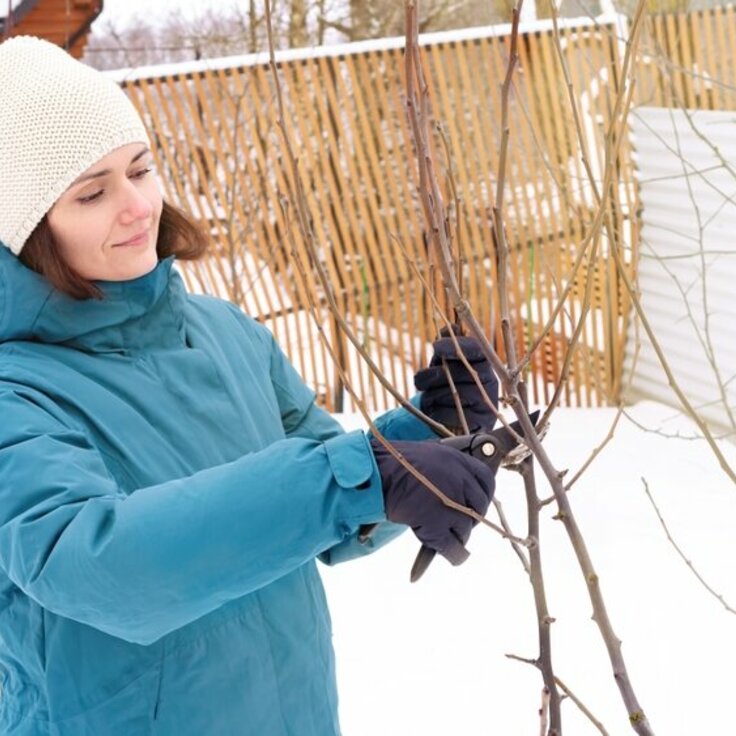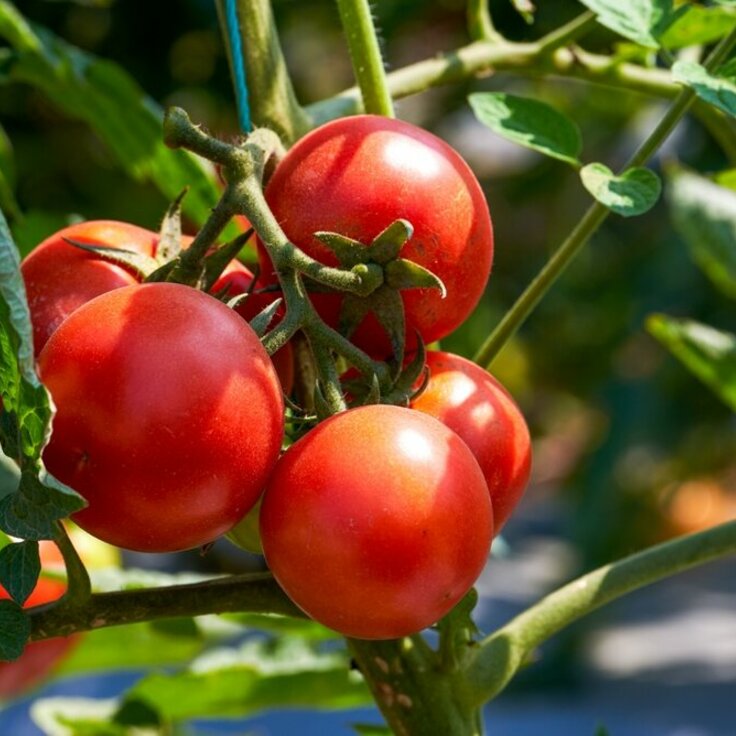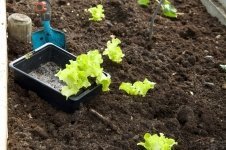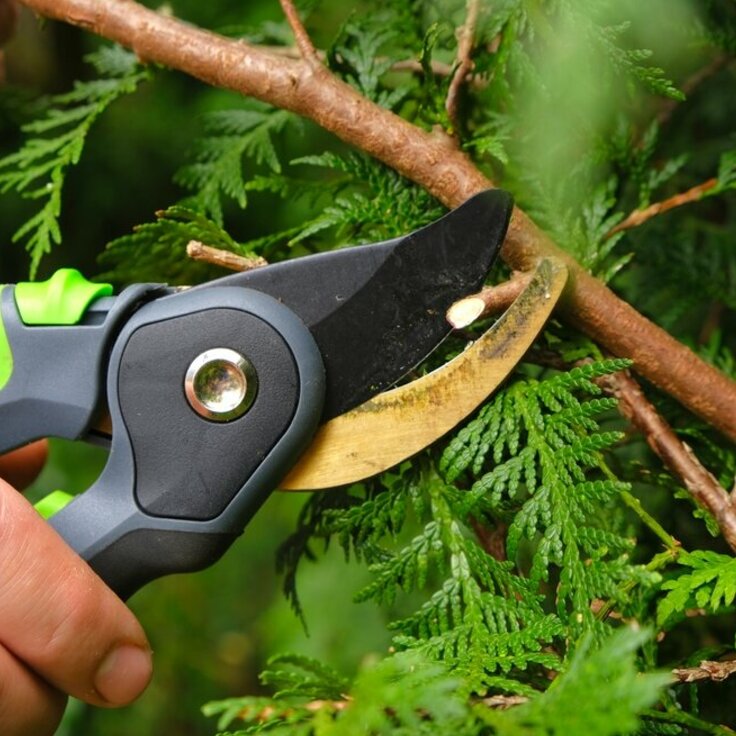Make More Plants with Cuttings
The lengthening days are enough to tease any gardener, and even though we won't be digging in the garden for a couple of months or more, it's time for repressed gardeners to come out of hibernation. We can buy seeds and make wish lists, and even get our hands in the soil -- indoors. Many indoor plants can be propagated now, and some perennials will bloom the first year from seed if started indoors in the next few weeks. So there's work to be done.
Leaf Cuttings
African violets are easy to propagate from leaves, as long as you're patient enough to wait the three or four months it takes to produce new baby plants. Remove a mature leaf (not the oldest or youngest on the plant), cutting the stem at an angle with a sharp knife. You can root the leaf stem in a small jar of water or insert the leaf itself into a container of loose potting mix containing peat, perlite, and vermiculite. If you use potting mix, first dip the cut end of the stem in rooting hormone, poke a hole in the soil with a pencil, and then insert the leaf into the hole. Gently firm the soil around the leaf and place the pot in a plastic bag in bright light but out of direct sun. Keep the potting mix moist, and in two to three months you should have several new baby plants growing from each leaf. Separate each little leaf cluster into individual plants and pot them up.
Streptocarpus leaves are handled in a similar way, except you only need a section of a leaf -- at least 2 inches long -- to grow new plantlets. Choose a leaf that's not too young or too old, and that has lots of small veins (these produce more plantlets). With a sharp knife, remove the center large vein or rib. Use the same type of potting mix as with African violets. Make a long narrow hole for the leaf section, dip the cutting into rooting hormone, gently insert the leaf into the hole, and firm the mix around it. Place the pot in a plastic bag and keep the mix moist for the month it takes for new leaves to grow at the base of the cutting. Unlike with African violets, each new streptocarpus leaf is a new plant, so pot them up individually.
Rex begonias can be propagated from leaves in a similar fashion, but here the new leaves originate from the veins. Remove a leaf and cut off the leaf stem or petiole. With a sharp knife, make cuts through several large veins on the underside of the leaf. Lay the leaf on top of the potting mix with the underside touching the soil. If necessary, cover the edges of the leaf with soil to hold it in place.
Gloxinias, peperomias, sansevierias, jade plants, and episcias are some other houseplants that can be propagated with leaf cuttings. With large-leaved plants, such as sansevierias, cut a leaf into sections that each contain a midrib, and root each section.
Stem Cuttings
Those brilliantly colored coleusplants that you're wintering indoors may be looking a bit drab right about now, but, like us, they have lots of dormant energy. This is a good time to cut them back to promote bushier plants by spring. Pop the cuttings you remove into water and root them to expand your collection.
Geraniums, tuberous begonias, scheffleras, crotons, English ivies, philodendrons, Boston ferns, rubber plants, Swedish ivies, Christmas cacti, wandering Jews, and weeping figs are just some of the many other houseplants you can propagate by stem cuttings. You can also take cuttings to expand your collection of herbs that are wintering indoors so you'll have more to spread around the garden in spring.
To take these cuttings, snip about 2-1/2 inches of new growth from several stems and cut off the lower leaves of each cutting. Then dip the bottoms into rooting hormone and stick the cuttings -- three to a pot -- into 4-inch plastic pots filled with peat/perlite/vermiculite mix. A plastic bag over the pot will keep in moisture for the two to three weeks it takes for roots to form. Then give each cutting its own 4-inch pot and pinch the tips to encourage side shoots.
Read more from the National Gardening Association.








